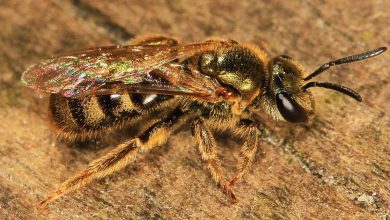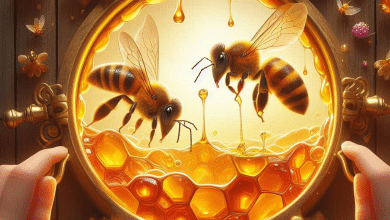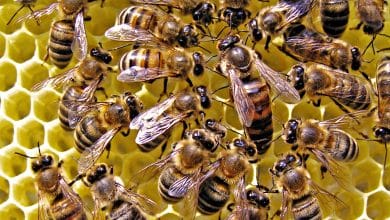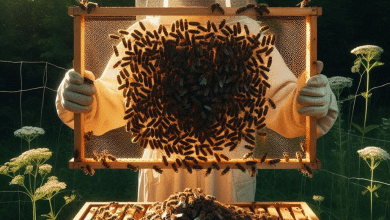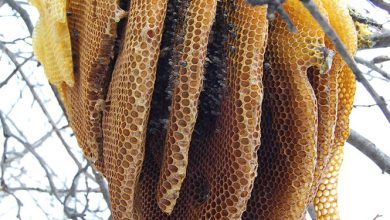Learn about developing Good Queen Bees
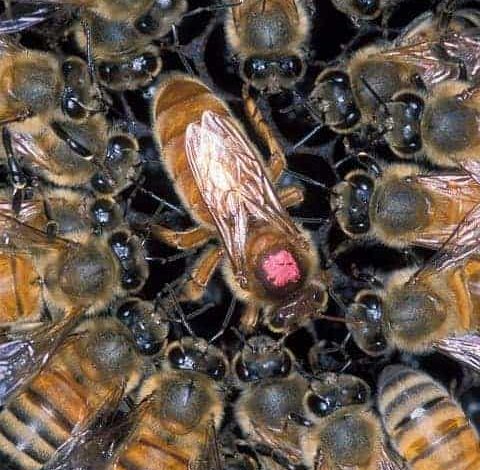
Developing Good Queen Bees
The honey bee queen is essential to the existence and operation of a colony. She is the only hive member who can continue to produce female offspring to maintain the colony. Each colony and its members acquire a distinct identity because of the queen bee’s chemical pheromones. These pheromones also keep the colony organized and cohesive.

For developing Good Queen Bees, use selective breeding
New queens can be created by any beekeeper, and the majority do so by chance. However, a queen breeder creates new queens with the intention of preserving and enhancing premium stocks. Heritable genetic features influence a variety of honey bee activities.
The characteristics of a single queen are manifest in each and every one of her children because she is the mother of the entire colony. The behavior and health of the entire colony may be significantly impacted by..
These characteristics:
Temperament:
A colony’s response to being approached, opened, or otherwise disturbed can have a genetic component. Particularly well-known for their exceedingly defensive behavior is the Africanized bee. When maintaining bees in cities, gentle strains are especially crucial.
Tolerance for mites:
One of the biggest problems for beekeepers is parasitic mites. Current mite treatments have a limited efficacy and have had various negative consequences on colony health.
resistance to disease
Bees with hygienic habits can spot and get rid of sick brood at a very early stage of infection. This activity significantly lowers the likelihood that an infectious virus would infect the entire colony.
Increase in colony population
Some colonies will change how they nurture their brood according to the season. Prior to a nectar flow, they could get bigger, allowing more foragers to gather nectar. Additionally, they might become less numerous as the summer draws to a close or as winter draws near, allowing them to make better use of food reserves.
For developing Good Queen Bees you should know about those characteristics
manufacture of honey
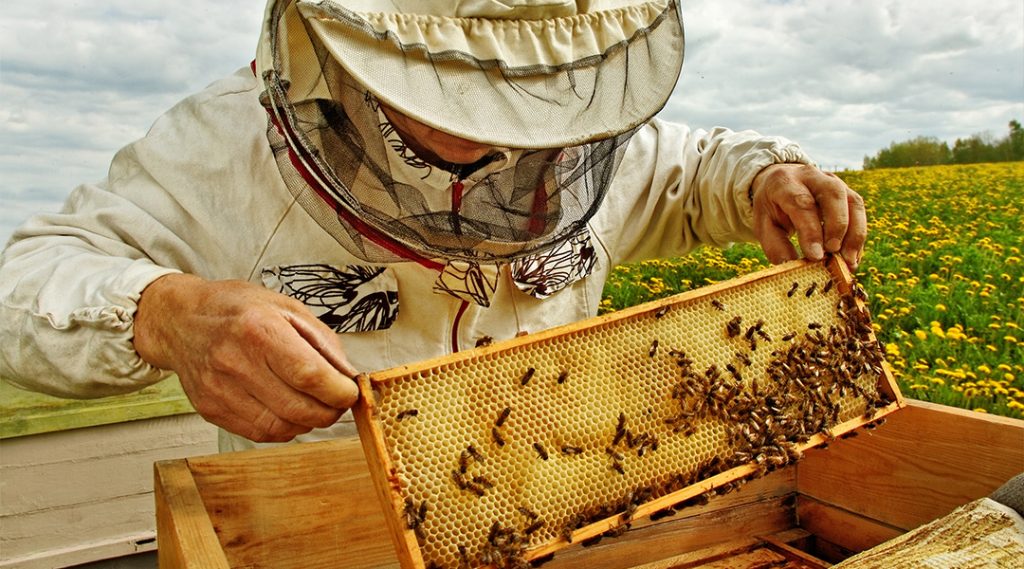
In the same apiary, certain bee colonies will produce more honey than others. The population of the colony, the amount of brood produced, and the general health of the colony are all factors that affect honey output. Strong, healthy colonies typically generate more honey, so high honey production is a sign of generally healthy colonies.
Breeding Bee Biology

Three different sorts of specialist bees make up honey bee colonies. Each member contributes in a crucial way to the development of new queens. Beekeepers will depend on all three of these bee species to complete their specific roles when raising queen bees.
The male bee, known as a drone, must mate with a virgin queen outside of the hive in order to survive. He will pass away right away after his mission is finished. Beyond this function, drones are of little use to a colony, but their role in producing productive queens is vital.
Grafting Bee Larvae
Honey bees naturally raise new queens from young larvae. When a colony experiences a queenless situation or believes that its current queen is underperforming, it will choose larvae from its brood and provide them with an abundance of royal jelly. They will develop into vertical queen cells with longer cells.
How the queen place the eggs?
The queen places eggs in shallow vertical cups along the bottom margins of the combs as she gets ready to swarm. The bees will treat the larvae in these vertical cells as if they were intended to become queens since they understand this. The beekeeper also feeds certain larvae in vertical cups to the queenless beginning colony to encourage it to grow queens. The bees will instantly start raising them as queens once they detect this cue.
In this article, we have learned about developing Good Queen Bees



